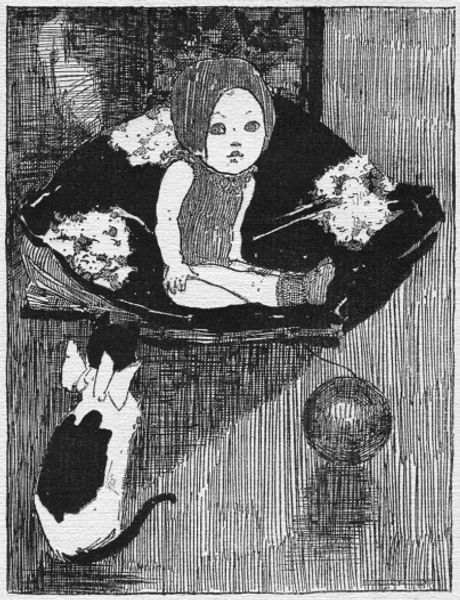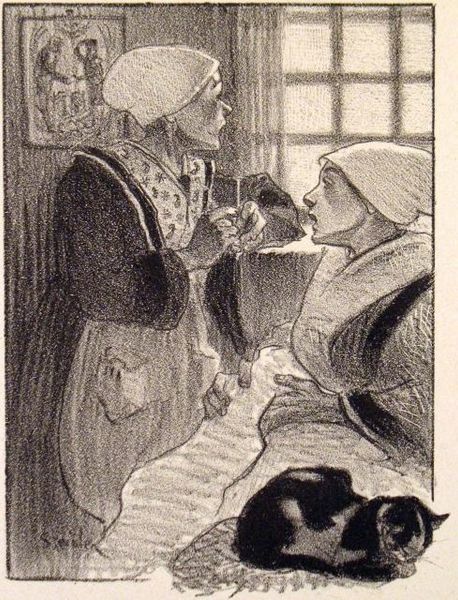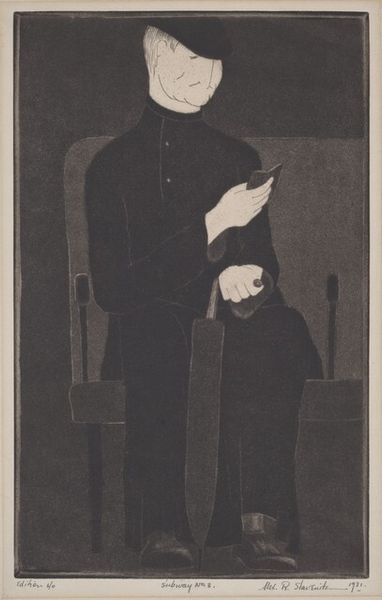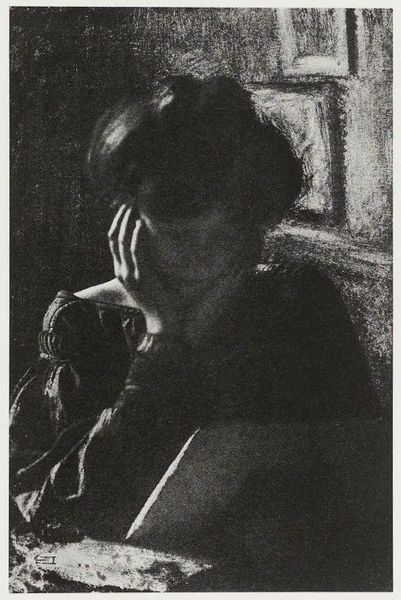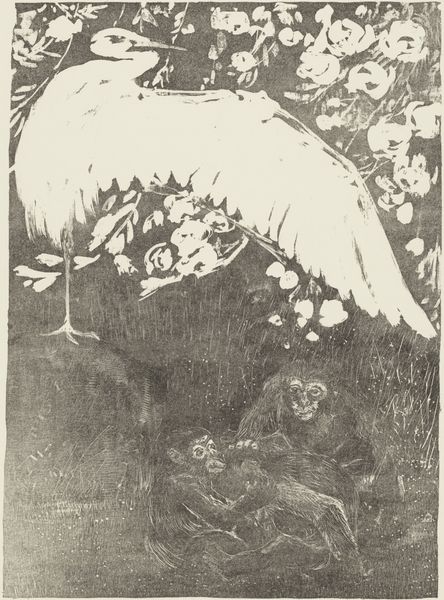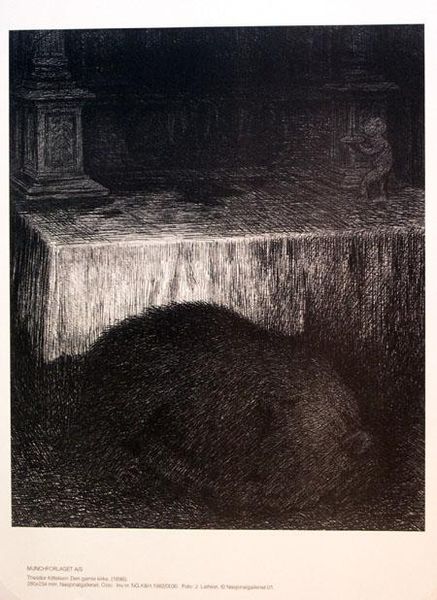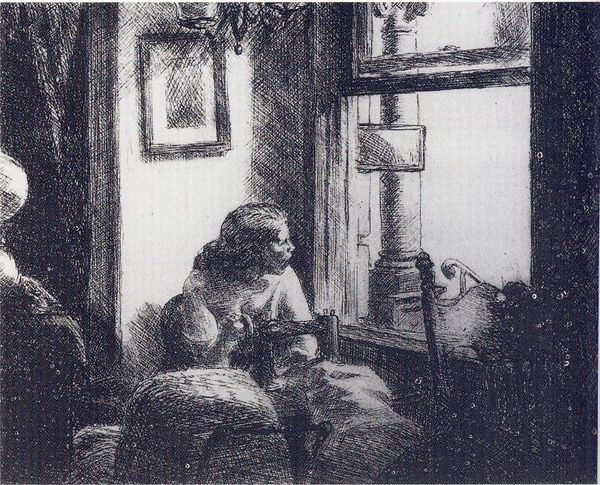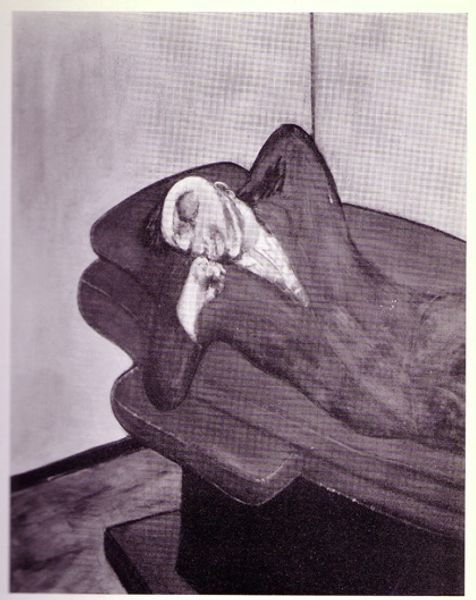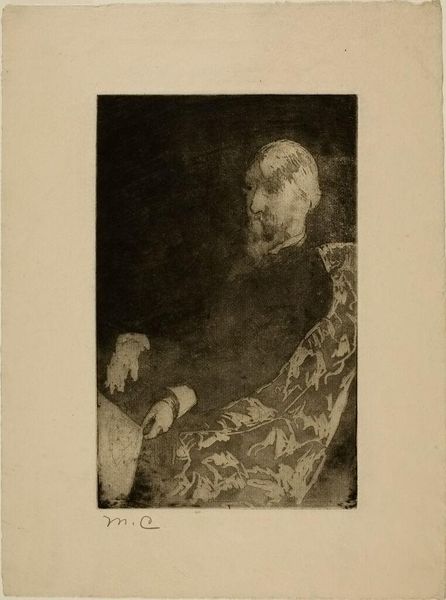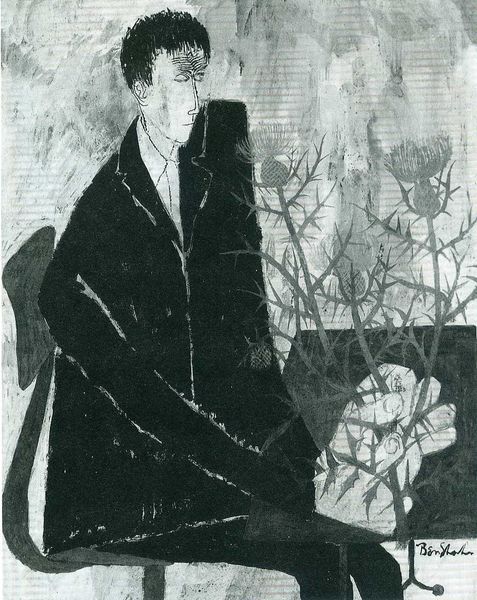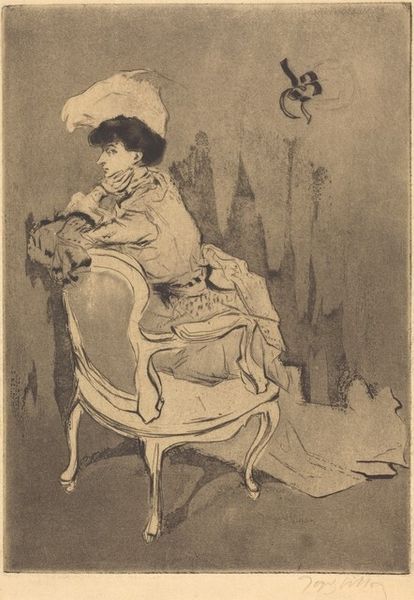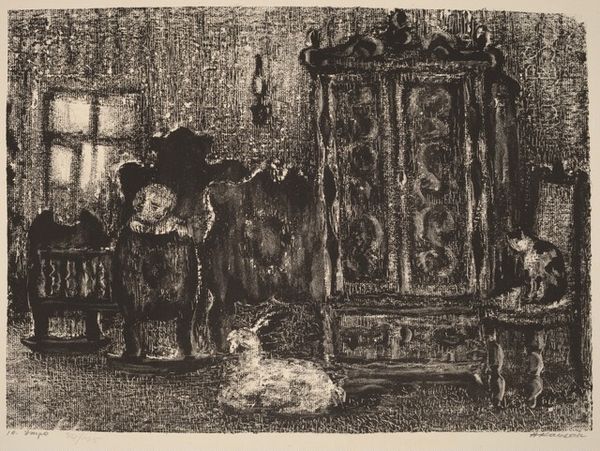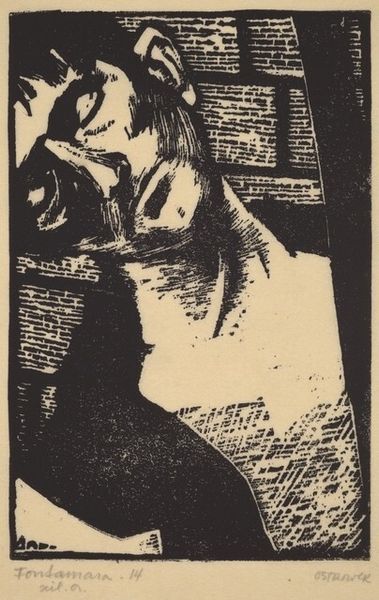
Copyright: Public domain
Curator: Ah, look at this evocative scene, captured by Thèophile Alexandre Steinlen in 1897. It’s entitled "Frills and flounces - Fanfreluches". A drawing, rendered in pencil, ink, graphite and charcoal on paper. The medium gives it such a specific intimate feel, wouldn't you agree? Editor: It's immediately relaxing. That hazy background, and then these two cats curled up in the foreground, gives off a palpable sense of warmth and languor, like a Sunday afternoon nap interrupted by a stray thought. Curator: Steinlen, known for his depictions of Parisian life, and, crucially, his many cat illustrations, gives us a glimpse into domestic life at the turn of the century, one that catered to bourgeoisie tastes and consumer culture. Notice how the lines aren't perfect; it highlights a period preoccupied with rapid urban growth, industrial manufacturing, class divides and social unrest. Editor: Absolutely. And it feels...contemporary. Look at the confidence of those lines. There's such freedom in how the image is put together: the soft focus of the characters to the bold shapes and silhouettes of the cats – there’s such honesty here. Curator: These seemingly informal portraits provided accessible narratives of bourgeois society to working class families, too. They became immensely popular because prints and posters circulated rapidly and were consumed on a massive scale, particularly by working class and activist circles. The choice of paper is not a given in those circumstances. Editor: Yes, in this context paper functions not only as a passive support for charcoal, pencil and ink, but also as an active participant in conveying social status through its mass production. Also, the very act of sketching – that immediacy. It pulls us right into Steinlen's experience, offering such direct access to a captured moment. Curator: Considering the economic backdrop of La Belle Epoque, mass media and consumerism elevated artists like Steinlen, making them arbiters of good taste through print production. The accessibility and replicability of his prints democratized art consumption, even if it perpetuated hierarchies and gender divides in social spheres. Editor: That balance between access and observation is just beautifully caught, wouldn't you agree? He has captured an environment of intimacy and quiet comfort that whispers beyond class distinctions. The way the woman in the background rests – a sense of fleeting calm in the middle of, what we now understand to be, intense social changes. Curator: The texture and tone work cohesively to create a snapshot of bourgeois existence. The way the scene uses tonal contrast gives shape to a complex, contradictory context through seemingly mundane domestic subjects. Editor: What an interesting window this gives us onto domesticity at that period, reminding us that everyday life can be brimming with unexpected textures.
Comments
No comments
Be the first to comment and join the conversation on the ultimate creative platform.

